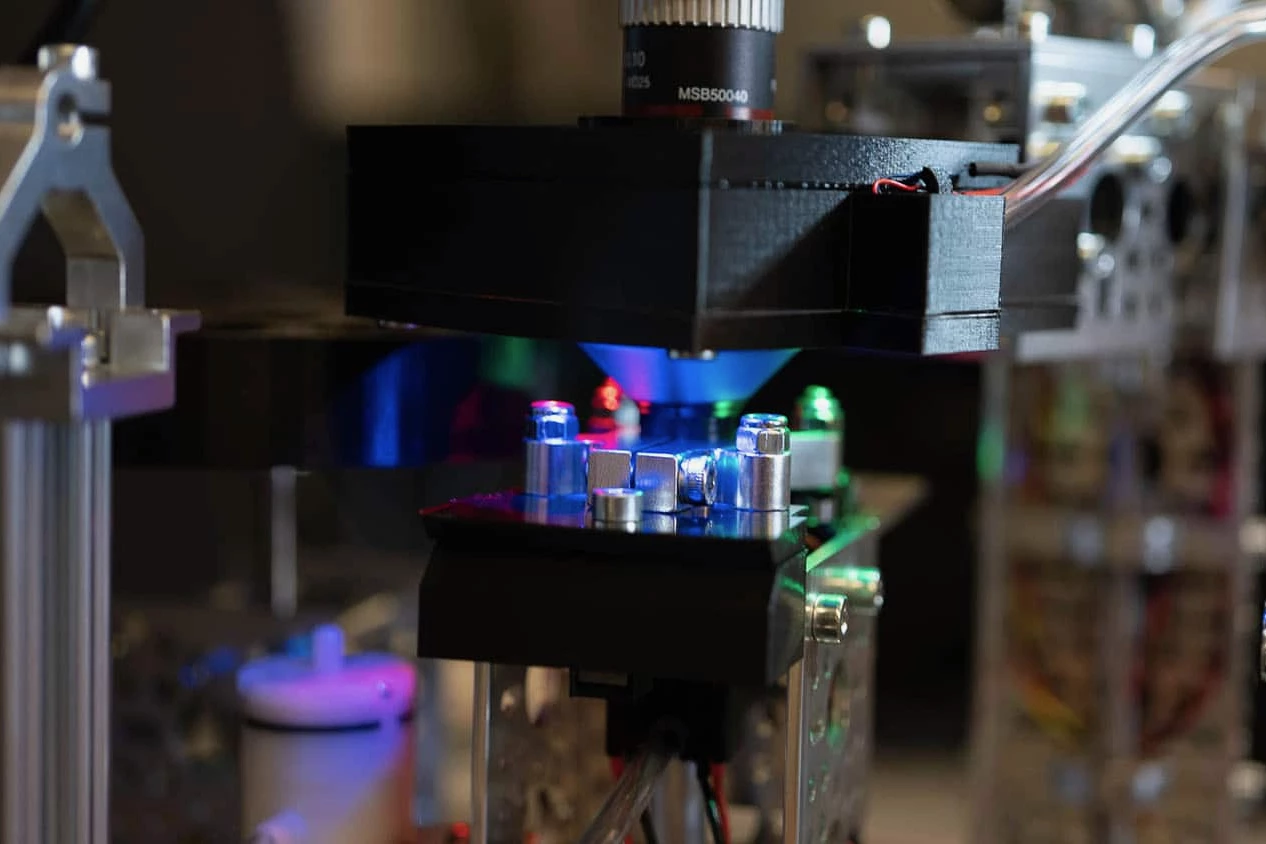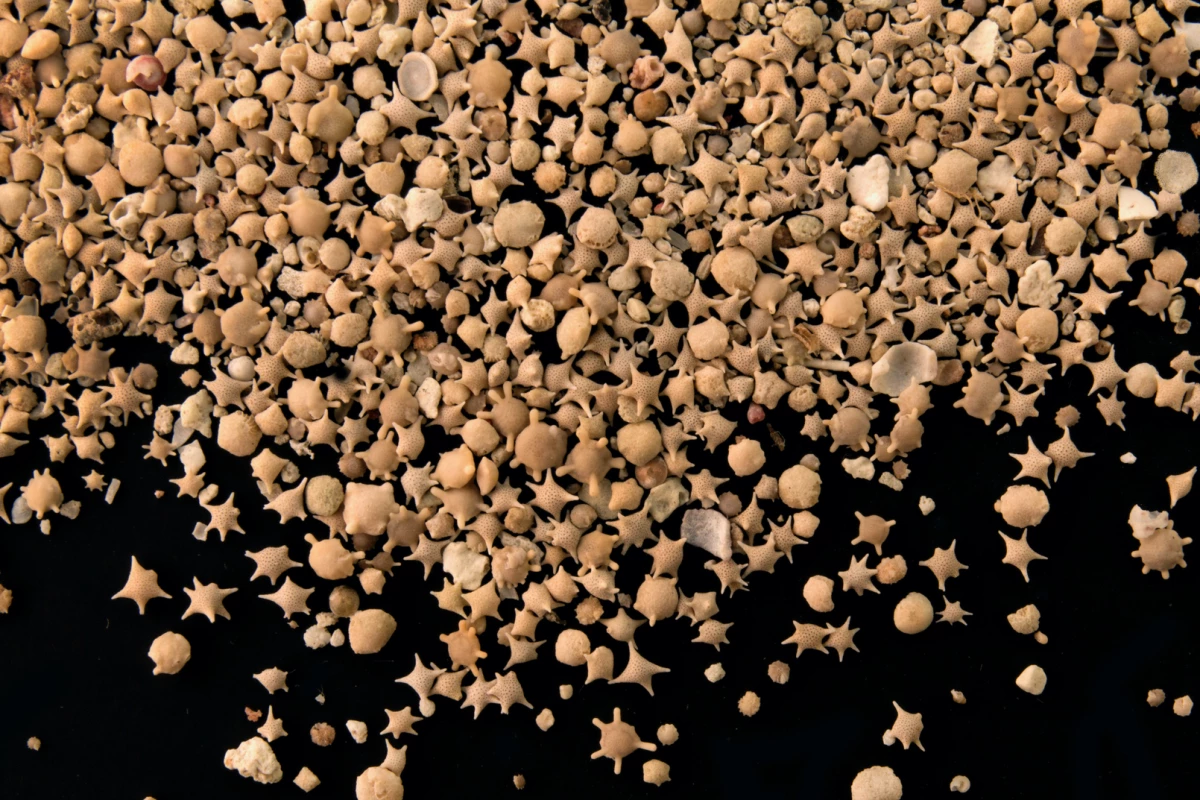Imagine if you were tasked with sorting and separating thousands of tiny fossils, most of them less than a millimeter wide. It would quite a tedious, time-consuming task … which is why scientists have recently created a robot to do the job.
Developed by a team from North Carolina State University and the University of Colorado-Boulder, the device is called the Forabot. It's designed to look through the fossilized shells of minuscule marine organisms collectively known as foraminifera – or forams, for short.
Forams aren't entirely plant or animal, and have been present in Earth's oceans for over 100 million years. By establishing which types of them were present in which areas way back when, scientists can get a better sense of what the ocean's temperature, water chemistry and other environmental factors were like in those places, in prehistoric times.
Currently, paleontology students are often assigned to manually sort through piles of fossilized foram shells, separating them by individual species. The Forabot is intended to free those students up to learn more advanced skills, instead of doing … well, instead of doing what a machine could do.

Even when the Forabot takes over, humans still are required to wash and sieve hundreds of foram shells, resulting in a sample that looks like a pile of sand. That sample is placed in a conical section of the robot known as the isolation tower. A needle then rises up from the bottom of the tower and through the sample, carrying a single foram shell on its tip.
A suction tool subsequently removes the shell from the needle, and transfers it to another part of the robot called the imaging tower. There, a high-resolution camera automatically captures multiple photos of the fossil.
An AI-based algorithm on a linked computer assess those images, and determines which type of foram the shell belonged to. Based on that information, the fossil is then moved from the imaging tower into a species-specific container within a sorting station.
Presently, the Forabot has a foram identification accuracy rate of 79%, which is reportedly better than that of most humans. It can identify six types of foram, at a rate of 27 fossils per hour – that may be slow, but unlike a person, the robot can do the job over very long periods of time without getting tired. It should also become more capable, as it's developed further.
"This is a proof-of-concept prototype, so we’ll be expanding the number of foram species it is able to identify," said NC State's Assoc. Prof. Edgar Lobaton. "And we’re optimistic we’ll also be able to improve the number of forams it can process per hour."
The Forabot blueprints and AI software are included with a paper on the study, which was recently published in the open-access journal Geochemistry, Geophysics, Geosystems.
Source: North Carolina State University




